Chardhams- Yamunotri, Gangotri, Kedarnath and Badrinath are the most sacred pilgrimage places for Hindu devotees in India. Pilgrims undertake a difficult journey to get divine wisdom and solace amidst the mystical Himalayan Mountains in Chardhams. However, for any pilgrim who is planning to do this yatra this year, it is important to plan wisely as the shrines are located in high-altitude Himalayan regions. The weather can change any time and proper logistics needs to be prepared in terms of accommodation, route and registration to do this yatra successfully. This guide is handy for pilgrims to know useful tips for Chardham Yatra to do it successfully without any worries.
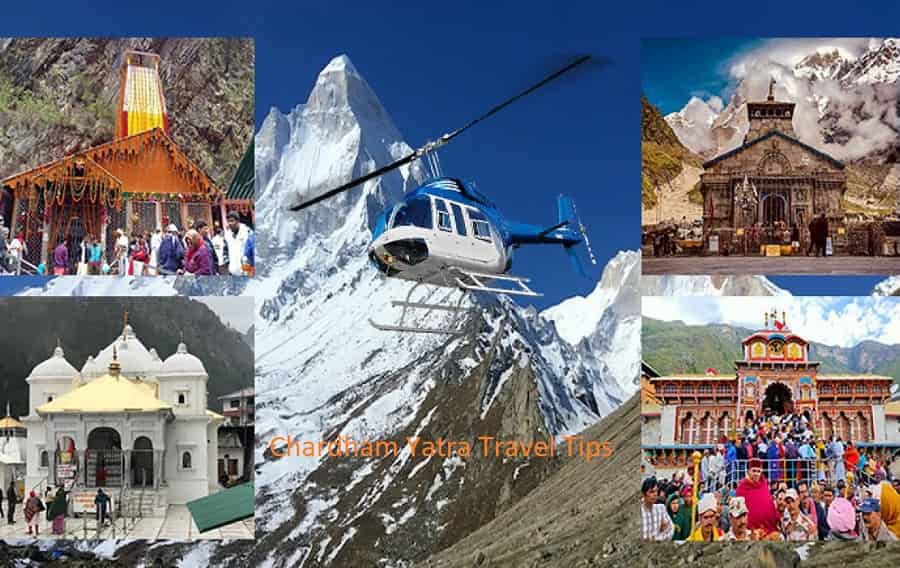
What to Pack to visit Char Dhams
- When you are planning to visit the Char Dhams of Uttarakhand, you need to keep in mind that no matter the season, the weather will always remain cool. The Sun may be out, but don’t expect its full warmth. It is essential to keep layered clothing like warm jackets, sweaters, raincoats etc.
- Sandals, chappals won’t work for trekking. Always keep sturdy trekking shoes to trek in the Himalayan region. Also keep an extra pair of socks, gloves and shoes for emergencies.
- When you visit high-altitude mountainous regions, you may feel dizzy or weak due to low oxygen levels. Always keep a personal and basic medical first aid kit in which basic medicines are kept to endure climate changes and acclimate yourself to the surroundings.
- You also need to keep a scarf or shawl for religious ceremonies. It is advisable to wear modest clothes in religious sites.
Documents & Travel Essentials for Char Dham Yatra:
To travel to CharDhams of Uttarakhand, you need to register your yatra in advance. Without registration you will not be able to undertake the journey. To register for your CharDham Yatra online, visit the Uttarakhand government portal.
- You have to keep a Valid ID (Aadhar, passport, driver’s license) and photocopies.
- It is very important to book Accommodation in advance if you are going in peak tourism season and the rooms may not be available later.
- Select your mode of transport for Char Dham Yatra wisely. If you want to opt for a helicopter to save time then you also need to book helicopter tickets in advance from the official Heli yatra website of IRCTC.
- By road you can travel easily with public transport. Cabs and taxis from major cities are always available at your comfort. Remember Haridwar, Dehradun or Rishikesh would be the best places to start your Char Dham yatra. You will get government run or private buses, taxis and cabs to reach Char Dham.
- Keep Cash in small denominations for local purchases as ATMs might not work or be available at remote locations.
- Always keep a Power bank, torch, toiletries, and a reusable water bottle with you for emergencies. The weather in the high-altitude Himalayan region is quite unpredictable.
Best Time to Visit
- April to June & September to October – It is the best time to visit Char Dhams as the weather will be perfect for day sightseeing and exploration.
- Avoid Monsoon (July-August) – Heavy rainfall in monsoon can cause risk of landslides, floods and it can also make the roads inaccessible for yatra.
- Winters (November-March) – In winters, the Char Dhams are closed due to heavy snowfall. The temperature during this time can go up to subzero levels. So it is not the best time to visit Char Dham sites.
Hotel Booking Tips
- You need to pre-book hotels & lodges during peak pilgrimage season of Char Dhams. Booking in the last moments will lead to stress and due to the peak season, rooms might not be available at your desired location.
- Government lodges (GMVN) can be the best options for those who are looking for budget friendly stays. You will get all the basic facilities for a smooth pilgrimage experience.
- Some hotels may lack maintenance so you need to check amenities like hot water, heater etc before booking a hotel at Char Dham.
- Do not expect lavish hotels in Char Dham sites. The challenging location creates difficulties for the hotel owners to arrange lavish facilities and moreover the government has restricted commercialization of infrastructure to promote sustainable tourism. That’s why you will not be able to get 5 star hotels with spas etc.
Health & Safety Tips
- In high altitude areas of Himalayas, there is less oxygen. You need to set a pace to walk on hilly terrains and let your body rest and adjust to the climate. It will reduce headaches, altitude sickness, nausea and dizziness. Acclimatize Properly: Spend time adjusting to higher altitudes.
- Always stay hydrated and avoid high caffeine drinks to stay fit and healthy when doing Char Dham yatra.
Food & Dining Tips during Char Dham Yatra
- Char Dhams are spiritual sites so forget about non-vegetarian food. You will only get light vegetarian meals.
- During treks you can carry light snacks, energy bars, and dry fruits to keep yourself energetic.
- Do not drink water from any stream. Drink only bottled water to prevent any kind of infection and illness.
- Carry hand wipes or sanitizer to maintain cleanliness during the yatra.
Emergency Contact Numbers
- It is important to have emergency contact numbers while doing Char Dham Yatra. In case of any emergency or any mishap, authorities can get your family contact details for your safety. Foreigners must have the contact numbers of local authorities and their country’s embassy.
- You can also share your itineraries with your family members or close friends. You must also have travel insurance to cover medical or travel expenses in case the need arises.
Do’s & Don’ts during Char Dham Yatra
 Do’s:
- Char Dhams of Uttarakhand are the holiest pilgrimage destinations for Hindu devotees. So, it is important to respect the culture, ritual and traditions of the places. Dress modestly to maintain the decorum of the sites.
- When you are travelling in remote areas for Char Dham journey, always prefer traveling. You can consider hiring a local to navigate the way to reach your chosen location.
- It is our duty to promote sustainable tourism to protect nature. Carry reusable bags and bottles to reduce the usage of plastics. Avoid littering the sacred environments and serene places.
- If you are traveling during the peak pilgrimage season you may get the largest crowd at religious places. So keep patience to navigate your way through the crowd and maintain the spiritual solace.
 Don’ts:
- Do not throw any dust in and around Char Dham sites. Travel responsibly and maintain cleanliness because cleanliness is godliness.
- There is no doubt that you may encounter wild animals on your way while trekking amidst Himalayan mountain region. Do not disturb them and try to feed them for your safety.
- If your body is tired, take some rest while trekking. It is always better to listen to your body. Don’t ignore your body’s need for rest. If you have symptoms of altitude sickness then take necessary precautions.
- It is not a place which will encourage loud music or any kind of disruptions. Do not try to unfollow the rules and restrictions of authorities for your safety.
- Protect resources as in high altitude regions the resources are scarce.
Final Thoughts
A well-planned Chardham Yatra will be the best yatra. Consider all these useful tips while planning your CharDham Yatra to make your journey safe and spiritually uplifting. Have a Safe journey.
FAQs
Q-1: Do you need trekking experience to do Char Dham Yatra?
Ans: No, we don’t need to be an expert in trekking for Char Dham Yatra. But a good, physically fit body is required to do this yatra as it involves long duration walking on hilly areas.
Q-2: Do I need to take a permit for photography in Char Dhams?
Ans: In the temple premises it is not allowed to click selfies or do vlogging to maintain the religious sanctity. Always ask for permission to click pictures of religious sites or personal properties of others. If it’s not allowed then do not try to disrespect by clicking pictures.Â
Q-3: Can I customize my itinerary according to my interests?
Ans: Yes, you can modify your itinerary according to your interests. But for best experience we recommend you to include the main religious sites.
Q-4: Is there a dress code for temples to follow in Char Dham?
Ans: Yes, you need to respect the traditions and age-old continuity of customs in Char Dhams. It is important to wear modest clothes while paying respects in the sacred shrines of Char Dhams.
Q-5: Are ATMs available in and around Char Dhams?
Ans: Yes, at some places you will get ATMs but they might not work. You cannot depend on luck. Carry enough cash while shopping from local stalls.

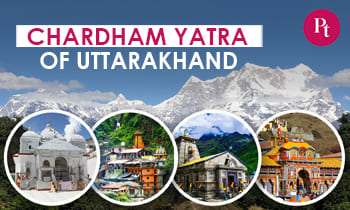

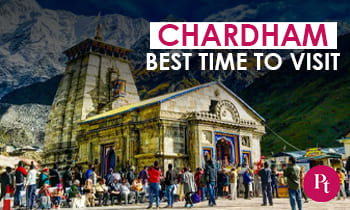

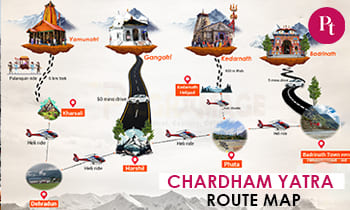
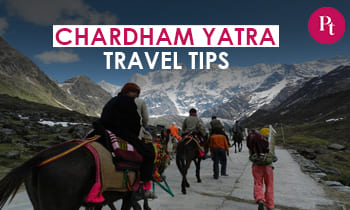
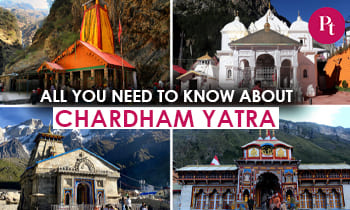

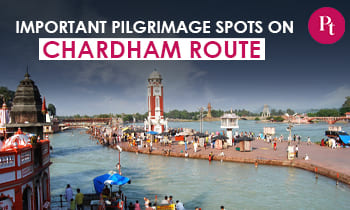
 Call
Call WhatsApp
WhatsApp Enquiry
Enquiry